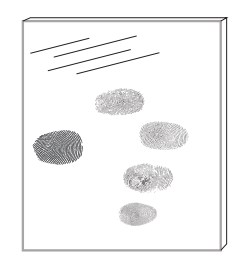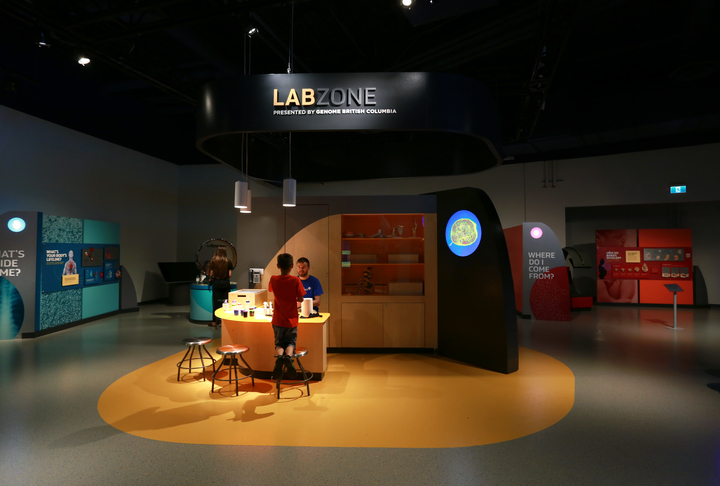In this activity, students learn how to dust and lift latent fingerprints from an object and then study the resulting impressions.
We leave impressions, or prints, with skin ridge patterns, on everything we touch. Impressions can be of a palm, foot, face, or even an elbow, but the most common are fingerprints, since humans love to make good use of their opposable thumb.
Fingerprints are what we call the pattern of ridges on the fingers that provide a rough surface that helps create the friction needed to pick up a baseball or hold onto a pencil; they are also know as "friction ridges". These ridges are formed before birth, one of the deepest layers of skin pushes upwards, making ripples in the layers of skin above it. By the time a baby is born, there are seven layers of skin, and fingerprint ridges ripple through the top five layers.
Baring loss of a finger tip to injury, or intensive scarring, the friction ridge pattern of individuals will constantly re-grow the same as their skin re-news throughout their lives.
Dactyloscopy (fingerprint identification) is useful to forensic scientists when they compare two fingerprint samples to determine whether or not they came from the same person.
Fingerprints can be visible when fingers transfer materials like dirt, blood, ink or oil to another surface, but we leave invisible (latent) fingerprints, too.
Latent prints are made by sweat or other residue present on our finger ridges. Because we can’t easily see latent prints, forensic scientists must process them. One method of processing a fingerprint is by dusting for them. This is done by coating fingerprints with powder, “lifting” them, and then taking them to the forensic lab where they are compared to fingerprints in the database.

Collecting latent fingerprints at a crime scene is a very important task for forensic scientists. One of the most important things to consider at a crime scene is who might have touched what. Latent fingerprints can even be taken from surfaces that are not smooth, for example, clothing or paper towel. Even if fingerprints are months or years old, new technology can allow forensic scientists to recover fingerprints from these objects.
Fingerprints have three main classes of friction ridge: the arch, whorl and loop.
- Arches have lines that start on one side and rise and exit on the other side of the print. They look like a hill.
- Loops have lines that enter and exit on the same side of the print. They look like an upside-down U.
- Whorls have circles that spiral and do not exit on either side of the print. They look like a bull’s eye.
Every fingerprint is unique, but there are certain patterns that can be observed which many prints have in common. Explore student's fingerprints in this activity. Interestingly, even fingerprints from the same individual can vary slightly from finger to finger!
